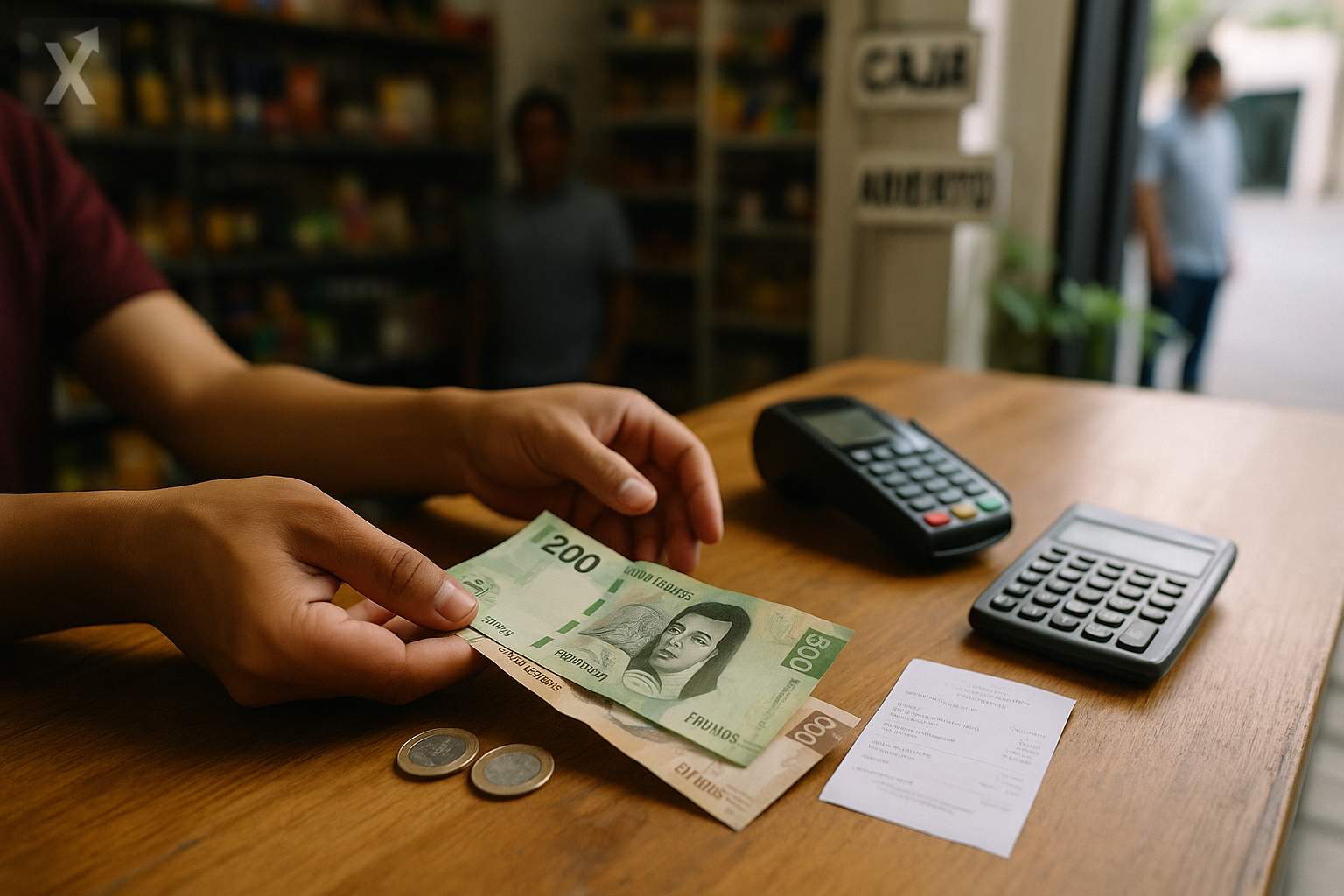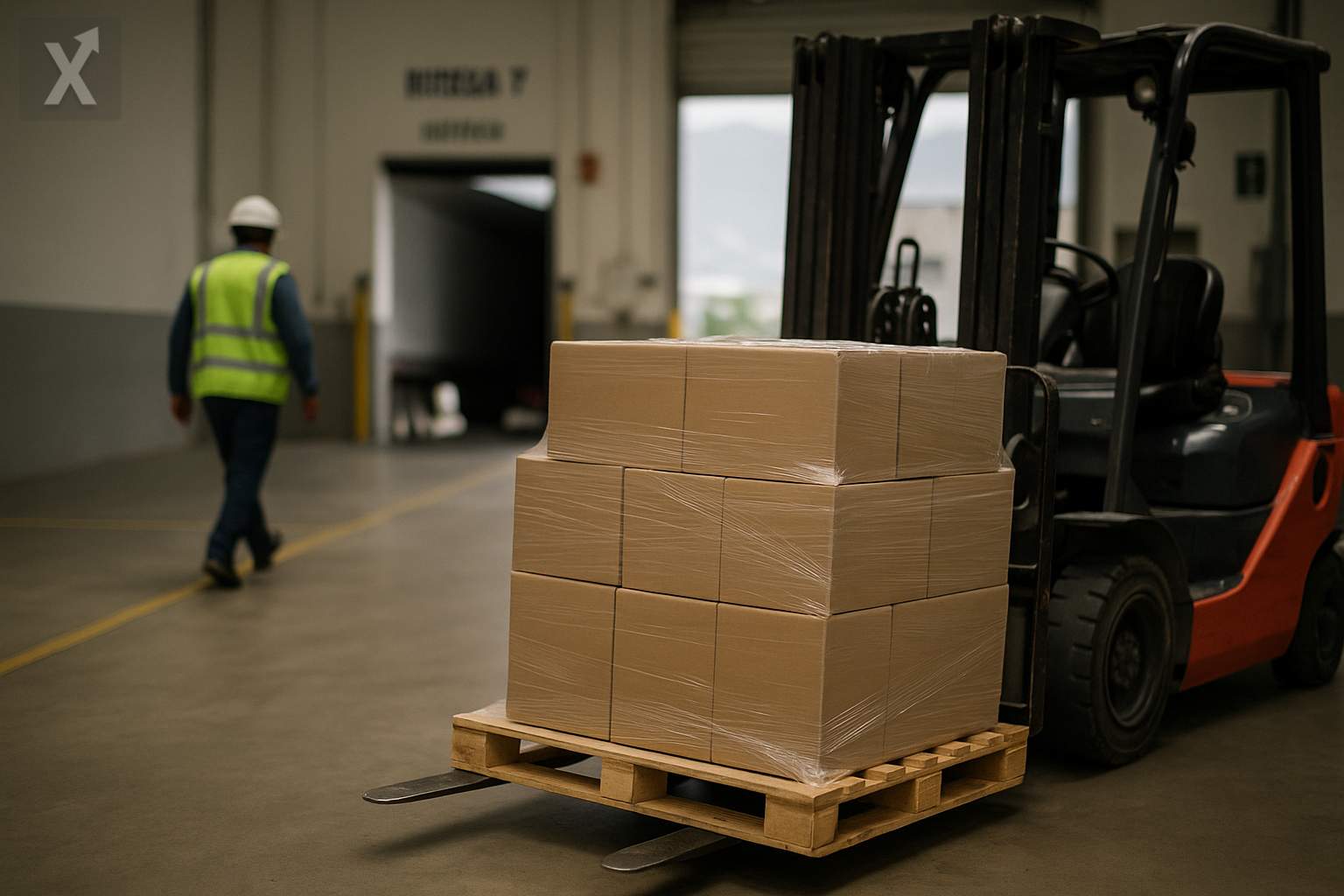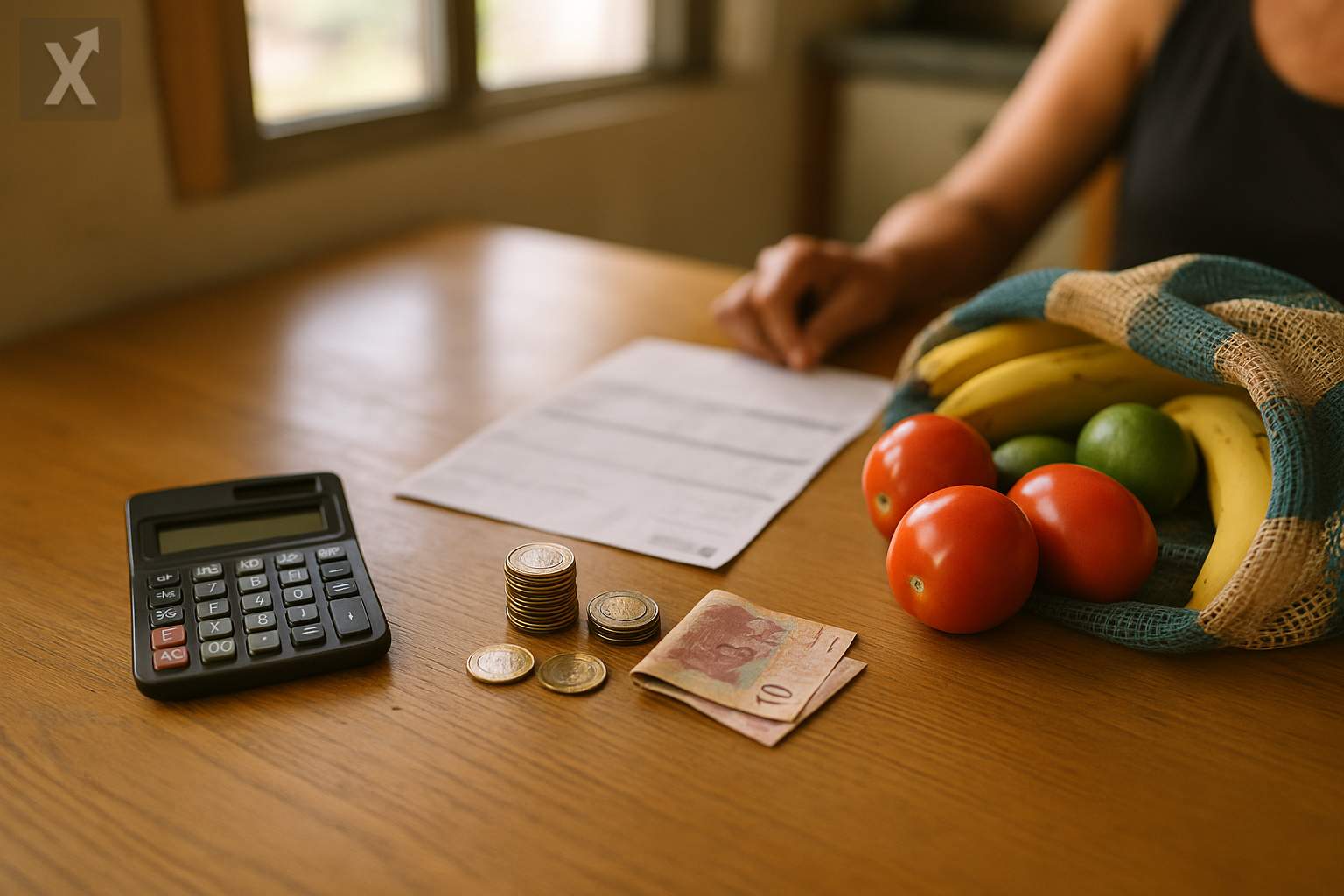Inflation Accelerates to 3.57% Year-on-Year in August; Market Eyes Gradual Rate Cut in September

Headline inflation in Mexico reached 3.57% year-on-year in August, a slight uptick from July’s 3.51%, according to data from INEGI. Although inflation picked up, the rate remains within the Bank of Mexico’s target range (3% ±1 percentage point), supporting market expectations of a new 25 basis-point cut to the benchmark rate at the end-September meeting, contingent on price developments and medium-term forecasts.
This movement was driven by a combination of pressures in certain services and food items, partially offset by declines in more volatile products. Core inflation—which excludes energy and agricultural goods—held steady at 4.23% year-on-year, reflecting ongoing pressures in services. In the non-core component, there was a 0.47% monthly decline and an annual change of 1.38%. The categories with the largest upward impact included owner-occupied housing, snack bars and taco shops, serrano peppers, green tomatoes, university tuition, and beef; meanwhile, chicken, tomatoes, air travel, movie theaters, and avocados helped pull inflation down.
August’s reading was in line with analysts’ forecasts and reinforces expectations for a gradual path of monetary easing. Following a recent quarter-point cut, the Bank’s Board has emphasized that any additional steps will depend on the risk balance, particularly the core inflation trend and anchoring of expectations. Financial sector surveys reflect a high probability of another 25 bp cut this month, though there are cautionary signs due to external shocks and the behavior of services inflation.
On the macroeconomic front, the exchange rate has experienced bouts of volatility linked to global rate movements and risk aversion, factors that could spill over into the pricing of imported goods. At the same time, the performance of the U.S. economy, energy costs, and bottlenecks in some supply chains continue to influence local price formation. Stronger formal job creation and wage increases have supported consumer spending, but may also keep services inflation higher for longer than desired.
On the real side, investment tied to nearshoring continues to boost demand in northern and Bajío industrial hubs, while housing construction and changes in rental patterns are reflected in the “owner-occupied housing” component of the CPI. In agri-foods, seasonality and weather factors are still causing high volatility in vegetables and peppers, as seen in August. Looking ahead, weather events, adjustments in regulated tariffs, and academic seasonality could add further noise.
For households, generally contained inflation compared to recent years suggests some recovery in purchasing power, though the persistence of core inflation around 4% keeps up pressure on everyday services. For businesses and local governments, a cycle of rate cuts—if confirmed—would gradually bring down borrowing costs and could support investment; however, cautiousness will likely prevail until core inflation shows a clearer slowdown.
Going forward, the risk outlook will be shaped by the trajectory of services, the peso’s response to changes in global monetary policy, and potential shocks in energy or agricultural goods. If core pressures ease and shocks subside, inflation could move more firmly toward 3% over the coming quarters, allowing Banxico to continue data-dependent, gradual cuts.
In summary, the uptick to 3.57% does not change the outlook for gradual disinflation, but confirms that the “final stretch” will be slower. The door remains open for a moderate rate cut, dependent on core inflation trends and a stable external environment.






